eHERMS – Control box is coming together
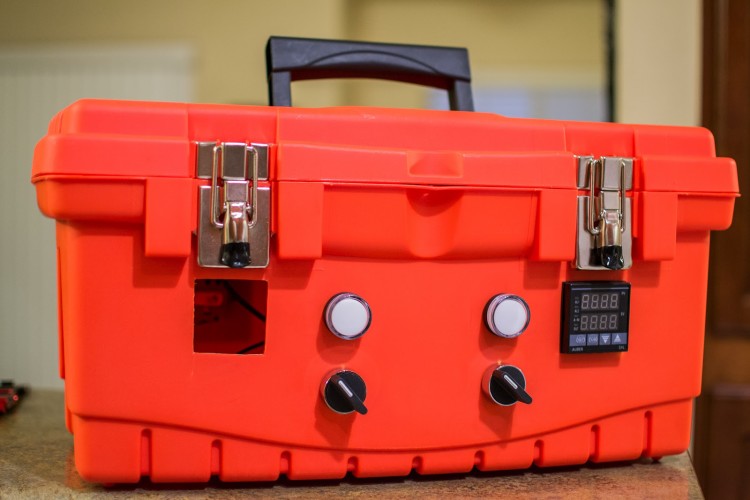
Well, my control box is well under way. The Boil Kettle PID and SSR and mounted and wired. As are the switches for both PIDs. Working with a 30a 240 circuit is both a blessing and a curse. Having a 4500w element is fantastic, but working with 10ga wire is a pain in the ass.
Read More
How to Clear Your Beer with Gelatin
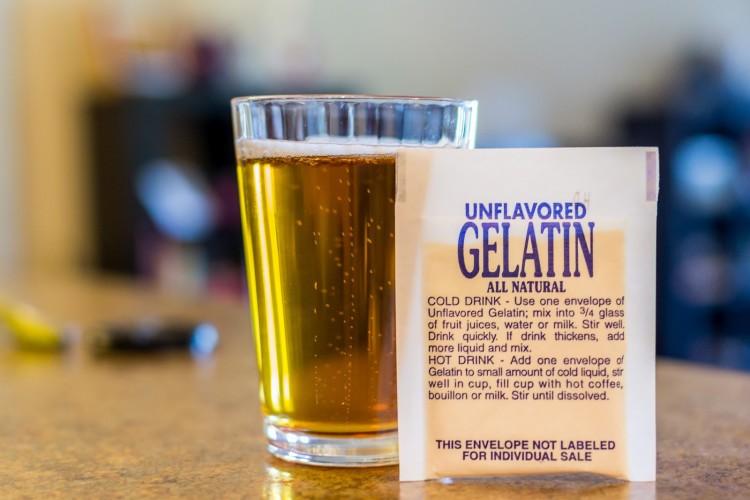
This is a topic I’ve brushed on before, but I get plenty of questions about it. So I decided to do a full post dedicated to my favorite fining agent: gelatin. If you ask people their feelings on using gelatin to fine beer, you’ll get a number of different opinions. Personally, I find it invaluable to clear my beer quickly. Fining one’s beer with gelatin isn’t difficult, but it does require a few specific steps. Here’s the process I’ve had success with.
Read More
eHERMS – Making some progress
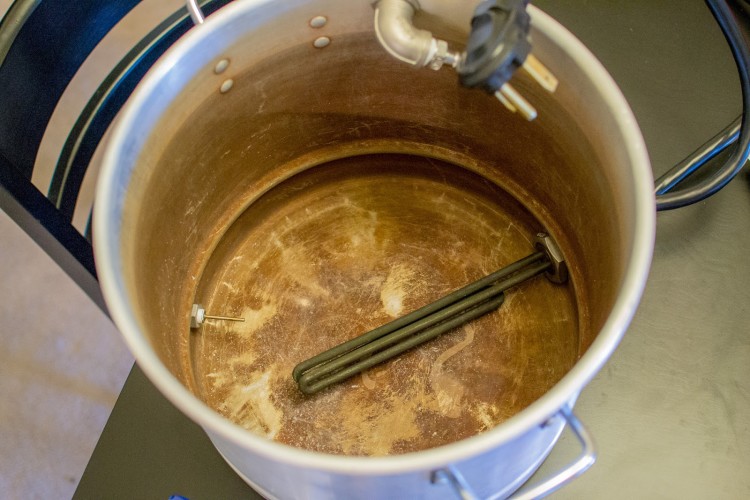
Well, my HERMS build is moving along. One of the biggest hurdles with the system was figuring out how I was going to GFCI protect it. 50a GFCIs are $100+, and the range won’t run properly on one. 30a GFCIs are $65, and the dryer won’t run properly on one either. Also, since we rent, I don’t want to make any permanent changes to the condo. The plan was to buy a 50a GFCI Spa Panel. Use a 50a range cord to connect it to the wall outlet, and another 50a range cord to go from the spa panel to the control box. That would have cost around $125 just to get power into my control box, and I would still have to pull the range out from the wall, unplug the cord(that’s all the way down by the floor), and plug in the spa panel every time I brew.
Read More
Building a HERMS system
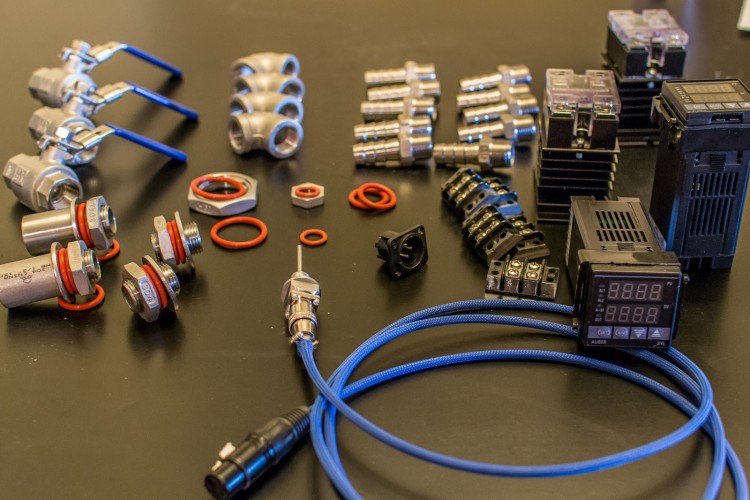
Over the next couple months I’m going to be building two HERMS brewing systems. One that’s primarily propane, and one that’s all-electric (for now at least). Yes, this does sound a little strange considering I already brew on a HERMS system as I detailed here. Well, my good friend Greg and I share that brew system. It’s a mixture of his parts and my parts, and it’s turned out some great beers over the past couple years. It’s been particularly nice for me, as I live in a small, up-stairs condo, with a small kitchen, and no backyard. Having propane burners and a back porch to brew on has been fantastic.
Read More
Equipment Calibration
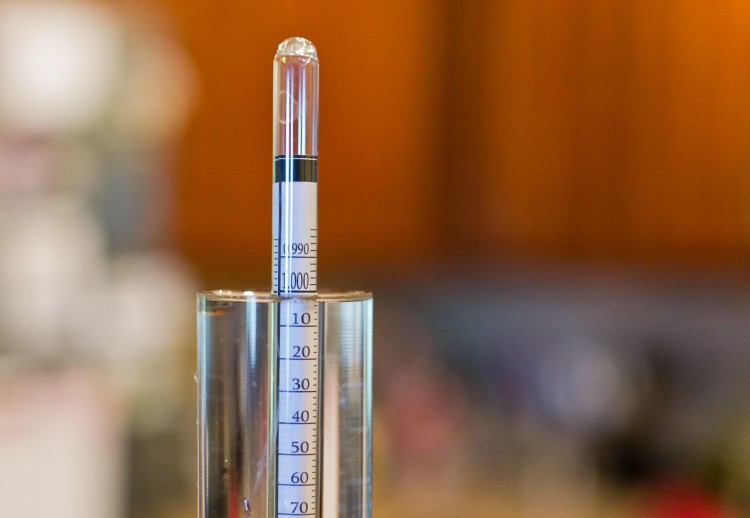
I don’t need to stress how much science is involved in brewing. We’re constantly taking measurements, temperature readings, and gravity readings. After running into various issues that didn’t make much sense, I learned that much of my equipment wasn’t calibrated correctly. My hydrometer was off, my thermometer was off, even my water level measurements were off.
Read More
IPA Clone Series
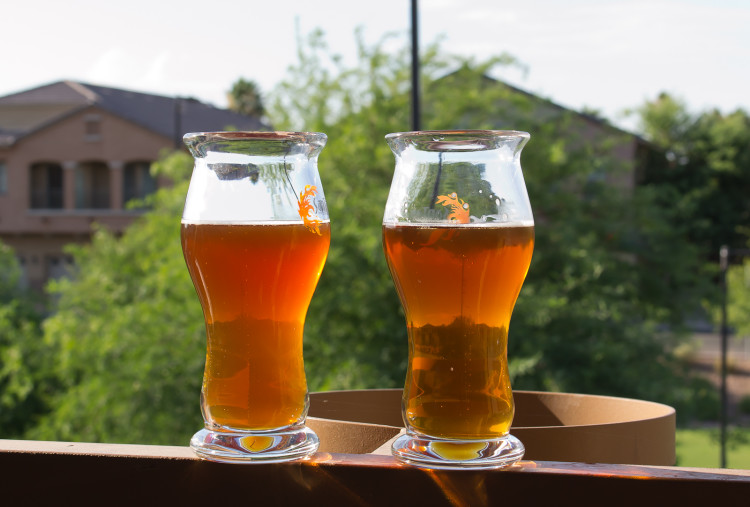
As hard as I try, I never get sick of IPAs; it just doesn’t happen. I can drink IPAs all night, and still crave an IPA the next day. I’m probably in the minority here, but my taste buds are always craving something extraordinarily hoppy. In Vinnie Cilurzo’s words, I’ve definitely had a lupulin threshold shift.
Read More
Hoppy Beers and Whirlpool Hops
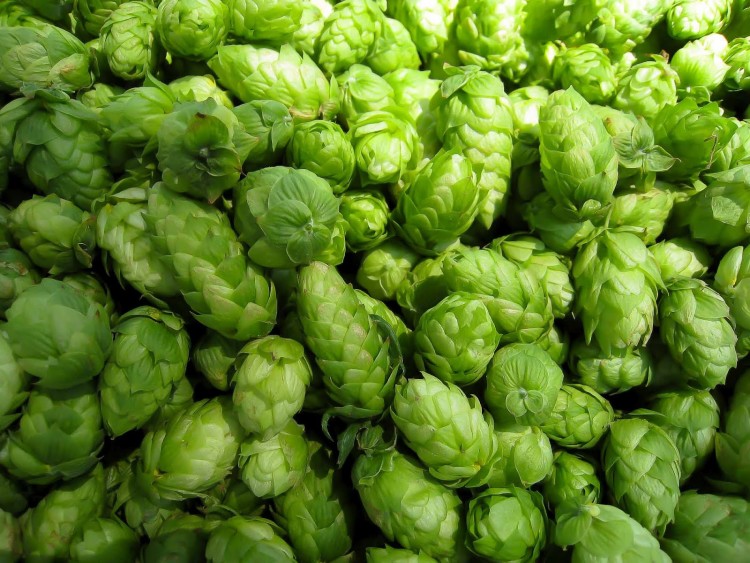
Over the past year I’ve really studied the differences between professional brewers and home brewers. While there are many, one of the big differences in hoppy beers is that pro brewers whirlpool their wort post boil (hot), and home brewers typically do not. Pro brewers often add copious amounts of hops during this time, while it’s rare to see home brewers add hops after flameout, and delay chilling their wort. After thinking about this for awhile, I realized, why not?
Read More
How to keep better brewing logs
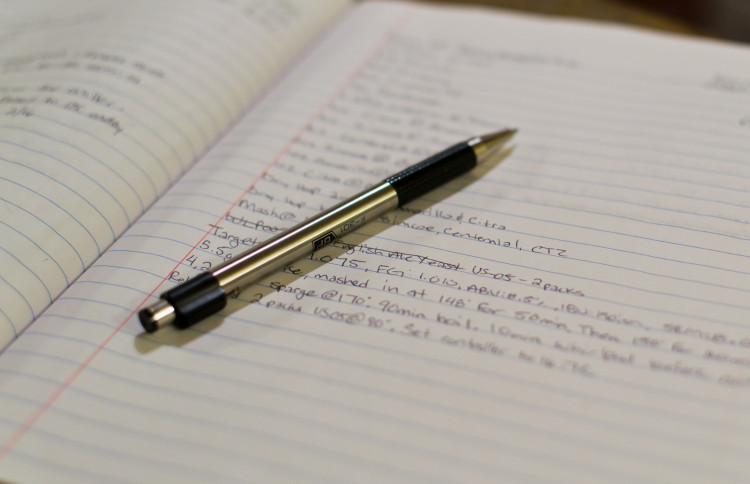
If you’ve been brewing for any period of time, you’ve certainly re-brewed a batch you’ve brewed before. Unfortunately, repeatability is one of the more challenging things for a home brewer. We, as home brewers, don’t brew the same beers day-in and day-out, and we often don’t have rock solid, repeatable processes during the brew day. I know I’ve had this issue myself, and it’s definitely something that bothers me. I’ve found that keeping better brewing logs can really help.
Read More
120 Minute: Your Newborn Baby
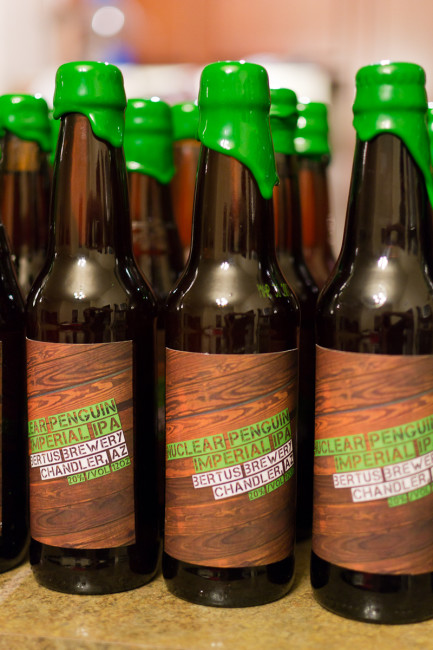
Brewing a 120 Minute IPA clone is much like having a newborn: It’s very temperamental, and it needs fed twice a day. In all seriousness, this beer is a lot of work. You need to be very organized, and very sanitary, as you’ll be messing with your fermenting wort daily. So here are a collection of tips and tricks I learned along the way that will help should you want to tackle this beer.
Read More
Dogfish Head 120 Minute IPA Clone
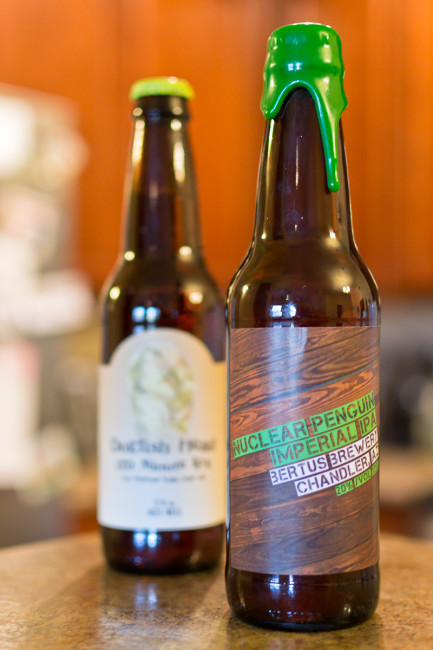
After this post discussing my plan to brew a cross between 120 Minute and Pliny the Younger, I got some feedback that I should post the recipe and process for the original 120 Minute clone. Most of the info is detailed here, but that thread is a million pages long and the information isn’t condensed. Unfortunately, there’s a flipping ton of information about this beer, so hold onto your hats, this is going to be a long one.
Read More